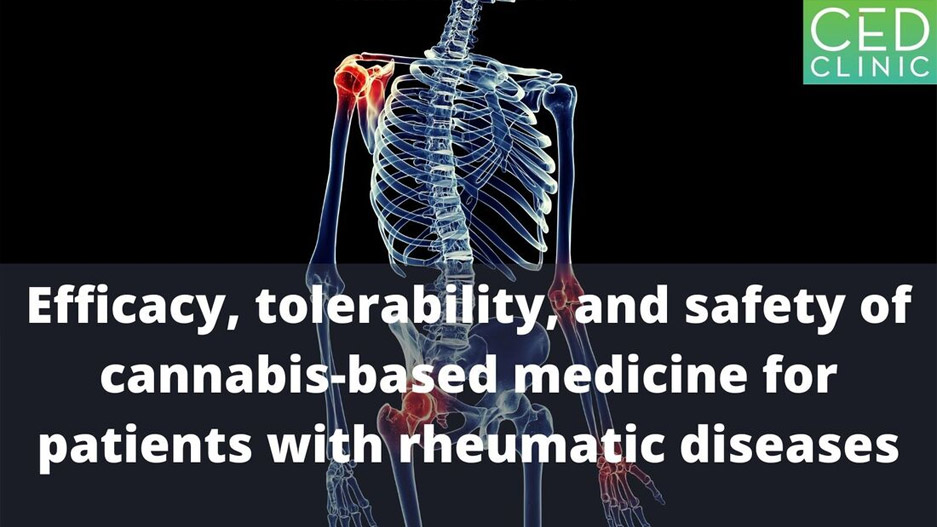The endocannabinoid system, which comprises signaling lipid molecules classified as endocannabinoids and the receptors that they bind to, is widely expressed throughout all organs of the human body. This system plays a major role in maintaining homeostasis, including modulating pain and inflammation. For this reason, exogenous compounds of herbal or synthetic origins (such as the cannabis-derived THC and its synthetic analogs) with similar properties to endocannabinoids are believed to hold potential for pain and inflammation relief since they can interact with and regulate the endocannabinoid system. Since chronic pain is a very common and prominent symptom of rheumatic diseases – which are autoimmune and inflammatory diseases, cannabinoids have been proposed to be potential drug candidates for the management of rheumatic pain.
However, according to a systematic review, until 2015, only 4 short-term studies on 203 patients (58 with rheumatoid arthritis, 71 with fibromyalgia, and 74 with osteoarthritis) focusing on cannabis-based medicine existed. Noticeably, although 4 medical cannabis products were available: herbal cannabis administered by weight, 2 synthetic oral drugs – dronabinol and nabilone, and 1 spray of cannabis extract – nabiximol, no study included the herbal form. The 3 synthetic cannabinoids were found to have statistically significant effect on pain in 2 studies, sleep in 2, and improved quality of life in 1. No serious adverse events were reported during the study duration; however, mild to moderate dizziness, cognitive problems, drowsiness, and nausea were common. Finally, the osteoarthritis study was prematurely terminated due to futility and for all 3 completed studies, the risk of bias was high. Therefore, experts cautioned that there was insufficient evidence to recommend cannabinoid medication for the management of chronic pain in rheumatic patients.

